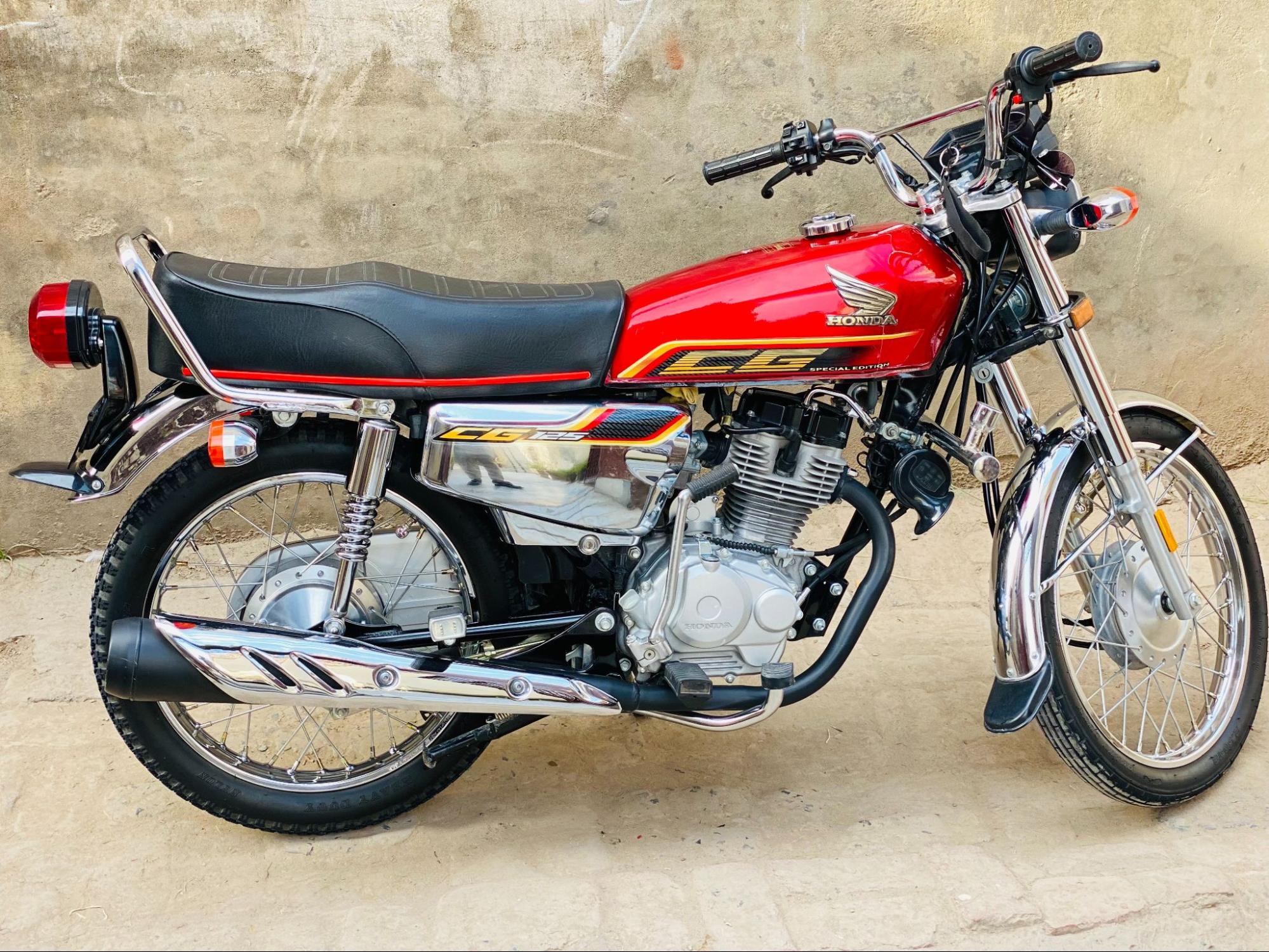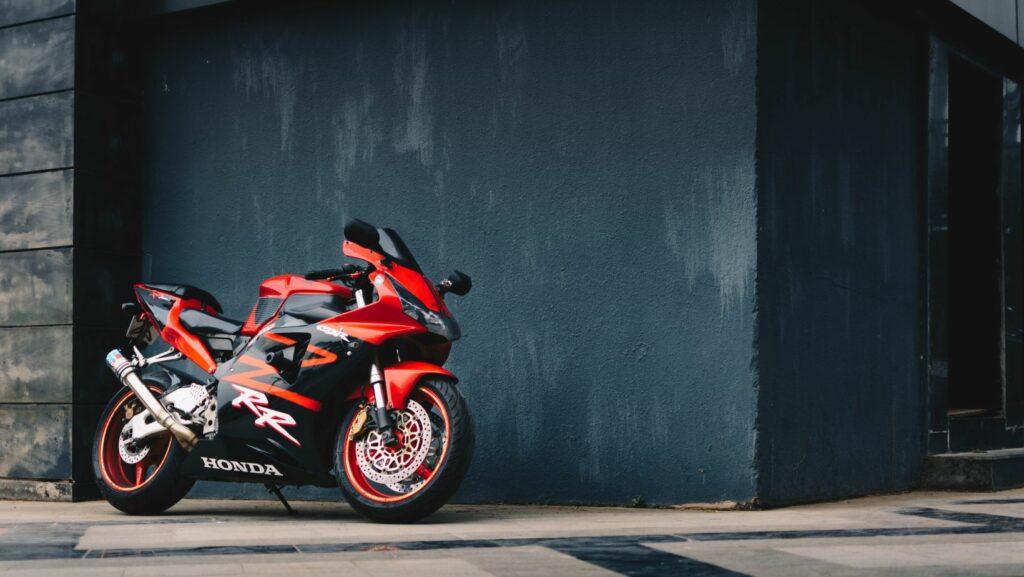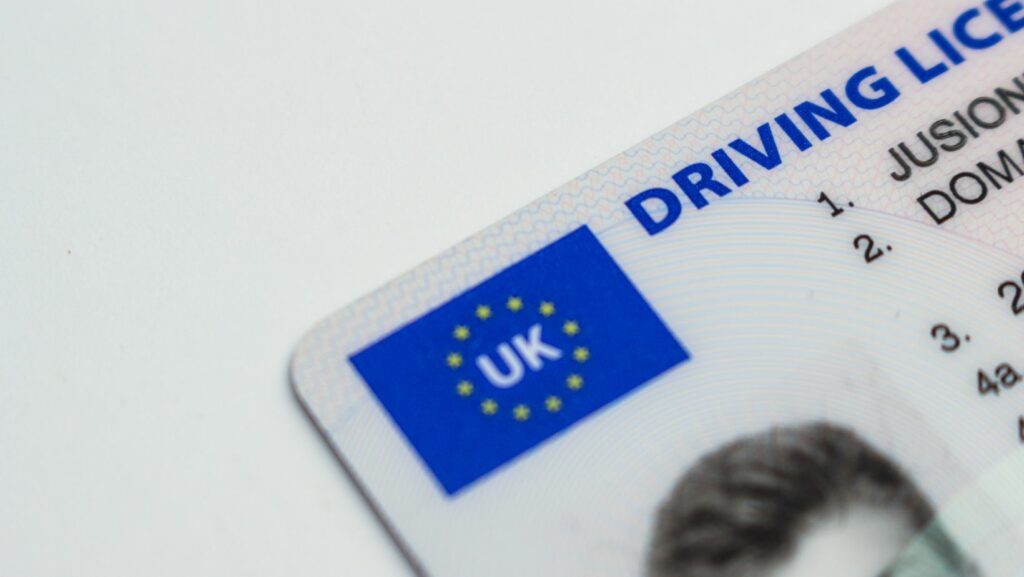1960s Honda Motorcycle Models
I’ve always been fascinated by the golden era of motorcycling, especially when it comes to 1960s Honda motorcycle models design. It’s an era marked by innovation, with designs that still influence today’s motorcycle landscape. Back then, Honda was pushing boundaries and setting the standard for what a motorcycle could be.
The 1960s saw some of Honda’s most iconic motorcycles come to life. The CB77, or “Super Hawk” as it’s known in America, broke new ground upon its release in 1961. It boasted unique features for its time, like an electric start and overhead cam engine design – innovations which are now commonplace in modern bikes.
Honda didn’t stop there though! They followed up with the legendary CB750 – a machine that revolutionized the motorcycle industry and earned itself the title of being the first true “superbike”. Its four-cylinder engine and disc brakes were a novelty at that time – proof of Honda’s commitment to pioneering technology.
Understanding the Era: 1960s Influence on Honda Motorcycle Models
Cast your mind back to the 1960s. It’s a time of cultural flux and technological innovation, both of which are reflected in Honda’s motorcycle models from that era.
Honda wasn’t just making motorcycles; they were crafting icons. Take for instance, the CB77 Super Hawk or the trailblazing CB750 Four. These weren’t merely machines, but symbols of freedom and individuality that resonated with the zeitgeist of the decade.
The ’60s were marked by a sense of invention and reinvention. Honda tapped into this spirit with their designs. The lines were sleeker, more modern than anything else on two wheels at the time. Bright colors became standard – reds, blues, chromes that shone in the sunlight like polished jewels.
And then there was performance coupled with reliability – hallmarks of Honda engineering even today. They introduced overhead camshaft engines in mainstream production bikes during this period – a feature previously reserved for racing machines only! The impact was immediate and profound: these bikes offered unmatched power delivery while maintaining bulletproof reliability.
Listed below are some key stats to illustrate just how revolutionary these 1960s Honda motorcycles were:
| Model | Introduction Year | Key Features |
| CB77 Super Hawk | 1961 | Twin-cylinder engine, Electric start |
| CA72 Dream Touring 250 | 1960 | Overhead camshaft engine |
| CB450 Black Bomber | 1965 | Double overhead camshaft engine |
There’s no denying it – these sixties-era Hondas left an indelible mark not just on motorcycle design but also on pop culture at large.
Highlighting Key Design Elements of 1960s Honda Motorcycles
I’ve always been intrigued by the design elements that defined 1960s Honda motorcycles. It was a decade when the ingenuity and craftsmanship of Honda really shined through, setting benchmarks that continue to influence motorcycle design today.
One can’t discuss ’60s Honda motorcycles without mentioning their sleek, streamlined aesthetics. These bikes were visually striking with their polished chrome accents and vibrant color schemes. For instance, the popular CB77 Super Hawk sported a glossy scarlet red tank – an iconic image that’s synonymous with this era of biking history.
Now let’s delve into some specifics. The phenomenal C100 Super Cub model deserves a shout-out for its distinctive step-through frame design. This innovative feature made it easy for riders to mount and dismount, which was quite a revolution at the time. Another standout aspect was its protective leg shield – an element designed for practicality, safeguarding against road debris and weather conditions.
Equally worth noting is the engineering prowess behind these 1960s models. Take the CB450 K0 Black Bomber as an example; it boasted one of Honda’s first double-overhead camshaft engines. A marvel in its own right, this engine type led to increased horsepower and greater efficiency – truly exemplifying Honda’s commitment to performance-oriented designs.
Let’s not forget about comfort either! Many ’60s Hondas featured plush dual seats complemented by spring suspensions on both ends – making them a pleasure to ride on even over long distances.
In essence, what set these ’60s models apart wasn’t just their visual appeal but also how they balanced aesthetic brilliance with technical innovation and comfort features.

The Impact of Racing on Honda’s Motorcycle Design in the ’60s
It’s undeniable that racing had a significant influence on 1960s Honda motorcycle models design. During this era, I noticed a shift from utilitarian designs to more performance-oriented motorcycles. This change wasn’t just for looks or marketing appeal. It was a direct result of Honda’s intense involvement in motorcycle racing.
In the early ’60s, Honda made a bold move and entered the Isle of Man TT Race. They didn’t just participate; they dominated. By 1961, they’d won their first World Championship with rider Mike Hailwood on the RC162. And this high-speed success translated directly into their production models.
For instance, take a look at the CB77 Super Hawk model produced between 1961-1967:
- Engine: Parallel twin, four-stroke
- Power: 28 HP
- Top Speed: Over 100 mph
- Weight: Only 179 kg (395 lbs)
With these specs, it was clear that performance became a priority in Honda’s design philosophy during the ‘60s.




